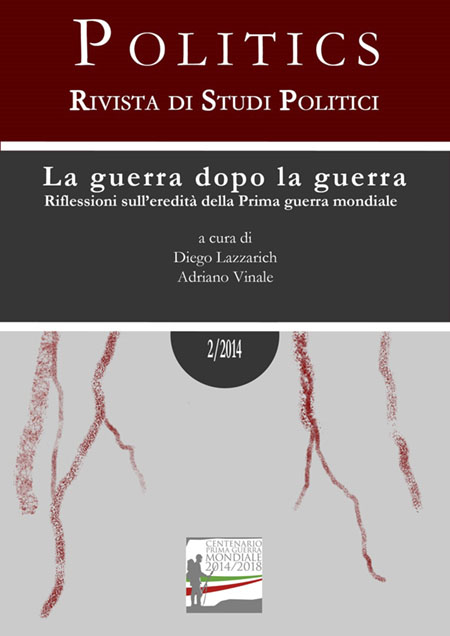The National Heroes’ Monument in Budapest. A case study for World War I memorials as symbolic-political venues for interaction between politics and the masses
Abstract
The paper introduces the World War I memorials in Hungary within the historiographical framework of the ‘memory boom’. It discusses the artistic sources that were used in their formation, their characteristics and types. Special attention is paid to the description of their role as a communication tool in the hands of contemporary politics. Brief overview concentrating on legal requirements and on elements of the commemoration acts provides a historical and social background for the case study. The center memorial that still exists in the capital of Hungary, is analyzed thoroughly with detailed descriptions and contextualization. The three phases of the National Heroes’ Monument can be seen as the three sections of Hungarian history in 20th century, and an artistic realization of the contemporary power’s message about the given section of the past. At the end, the author places the paper’s topic into the scholarly discourse of nation building, by adapting the notion of imagined community of Anderson, Calhoun and Finlayson.Downloads
Download data is not yet available.
Pubblicato
2015-12-05
Fascicolo
Sezione
Articoli
In conformità col Public Knowledge Project, la rivista accoglie l'uso di una licenza CREATIVE COMMONS license CC Attribuzione - Non commerciale - Condividi allo stesso modo 4.0
http://creativecommons.org/licenses/by-nc-sa/4.0

